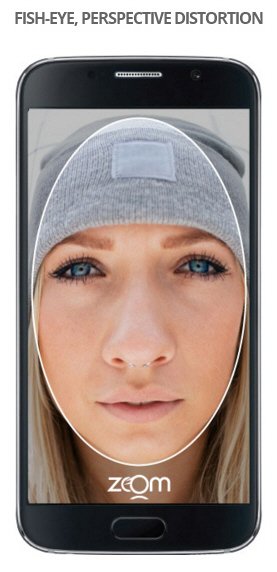
3D Liveness Detection
Frictionless Security for Real Users
About
Proves the Correct User is physically present by Matching them to their ID Photo or 3D FaceMap
Liveness detection is a facial recognition technology that is used to verify the identity of a person by ensuring that the person is physically present and not using a photograph or video of someone else's face. It is commonly used in various industries like finance, healthcare, and government agencies to prevent fraud and ensure security.
The system captures images or videos of the user's face and analyzes various factors like movement, blinking, facial expressions, and skin tone to ensure that the user is a live human being and not a fake identity. The purpose of liveness detection is to prevent fraudulent activities that could be performed by using someone else's photo or video, such as identity theft, account takeover, or financial fraud.
Features
iBeta Certified Liveness Detection

For all modern smart devices & webcams
Certified Liveness Detection in 2-3 Seconds
Works in real-world lighting conditions
Great with Glasses, Makeup & Beards
Age and Gender detection
Facial Recognition
How Liveness Detection Works
As the camera’s view of the 3D user changes, it observes perspective distortion in the video. FaceTec’s AI processes the +100 frames over two-to-three seconds and then interpolates that data into a 3D FaceMap from any .3MP+ 2D camera.


Frequently Asked Questions
How accurate is the face recognition?
Our facial recognition have near-perfect accuracy. Verification algorithms used to match subjects to clear reference images (like a passport photo or mugshot) can achieve accuracy scores as high as 99.97% on standard assessments like NIST's Facial Recognition Vendor Test (FRVT). This is comparable to the best results of iris scanners. This kind of face verification has become so reliable that even banks feel comfortable relying on it to log users into their accounts.
Is artificial intelligence used in face recognition?
Some aspect of AI has undoubtedly been used in the development of facial recognition. It is a form of biometric software that displays and preserves an individual’s facial features as a face print. To check one’s identification, the software compares a live image data to a stored face print using deep learning algorithms. The pillars of this technology are image processing and machine learning.
What are UR Codes?
UR Codes contain digitally signed biometric data and enable privacy-preserving in-person and remote Identity Verification. Codeholders can prove, with high confidence, their legal identity, age, and right to access their accounts or privileges, both in-person and remotely. Because they store unique, signed face data, personal info, and legal identity data, UR Codes enable secure, low-cost, two-party identity verification at unlimited scale.
2D vs. 3D Face Matching
2D Matching will never have the accuracy needed for true Unsupervised Identity Verification. There’s just too much variability in how the same 3D human face appears when flattened into 2D at different image capture distances. This variability creates significant overlapping similarity between the 2D features of different humans and confuses the 2D algorithms, preventing them from achieving highly accurate FARs at usable FRRs.
Contact
Address
50 Constantia Boulevard
Quadrum Office Park Building 4
Constantia Kloof, Roodepoort
Call Us
010 449 4848
Email Us
info@liveness.co.za
support@liveness.co.za
Open Hours
Monday - Friday
8:00AM - 05:00PM